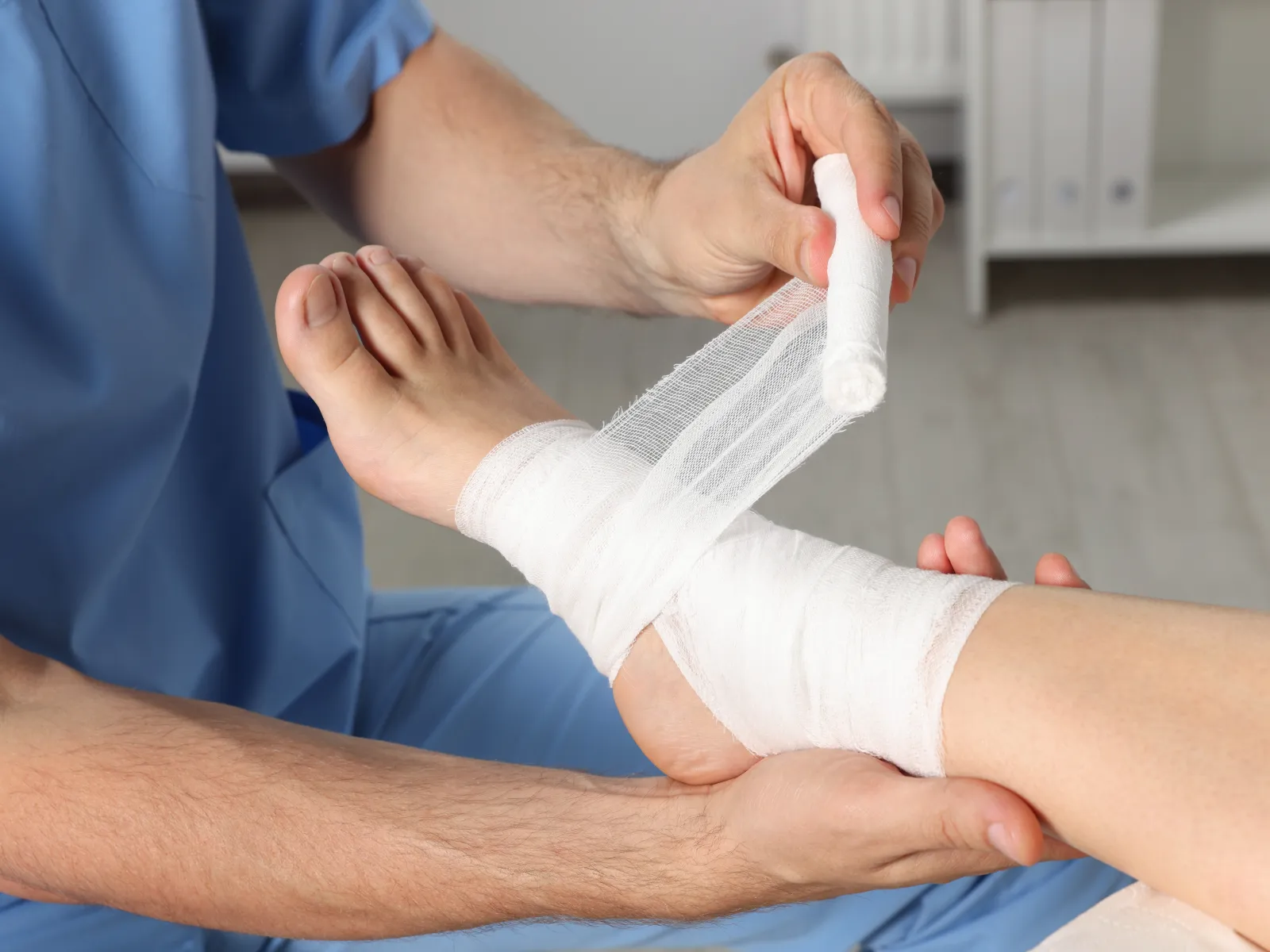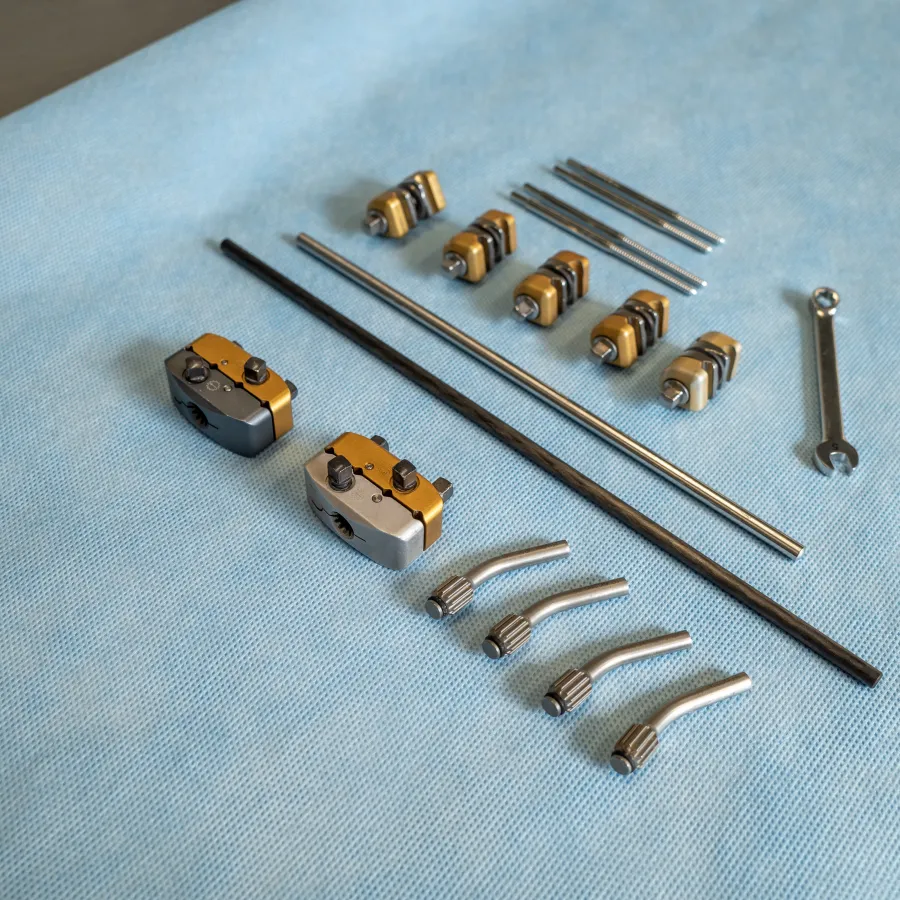
Fracture Care

Fracture Care
Fractures or broken bones can be frightening regardless of their severity level. Whether you've suffered from a simple fracture or a more serious one, South Shore Orthopedics can provide you with an advanced treatment plan that will get you on the road to recovery.
Common Causes of Fractures
There are a variety of ways fractures can occur. At South Shore Orthopedics, the majority of our patients have developed a fracture as a result of:
- Trauma: Most fractures occur because of trauma. Trauma may include a serious car accident, a fall at home, or a tackle during a game of football.
- Overuse: Overuse is common among athletes such as baseball pitchers, basketball and tennis players, dancers, and gymnasts, and may result in a fracture.
- Osteoporosis: Osteoporosis is a bone disease that occurs when the body doesn't produce enough bone, loses too much bone, or both. This condition accounts for many fractures due to weak, brittle bones.
Types of Fractures
Fractures are classified into two main categories: simple and open. Simple or closed fractures are broken bones that do not penetrate the skin and remain within the body. Open fractures do penetrate the skin and expose the bone as well as deep tissues to the exterior. There are many types of simple and compound fractures that include:
- Greenstick Fractures
- Avulsion Fractures
- Comminuted Fractures
- Spiral Fractures
- Oblique Fractures
- Transverse Fractures
How are Fractures Diagnosed?
In order to confirm a fracture, a surgeon will usually use an X-ray. In most cases, it is obvious when you have fractured a body part due to the warning signs below:
- A loud snap or cracking sound
- Swelling and tenderness
- A visible deformity
- A bone that has punctured through the skin.




How are Fractures Treated?
The type of treatment a surgeon will choose for your fracture will depend on the type of fracture you have and the specific bones involved. Here are several treatments that are often used for correcting fractures:



